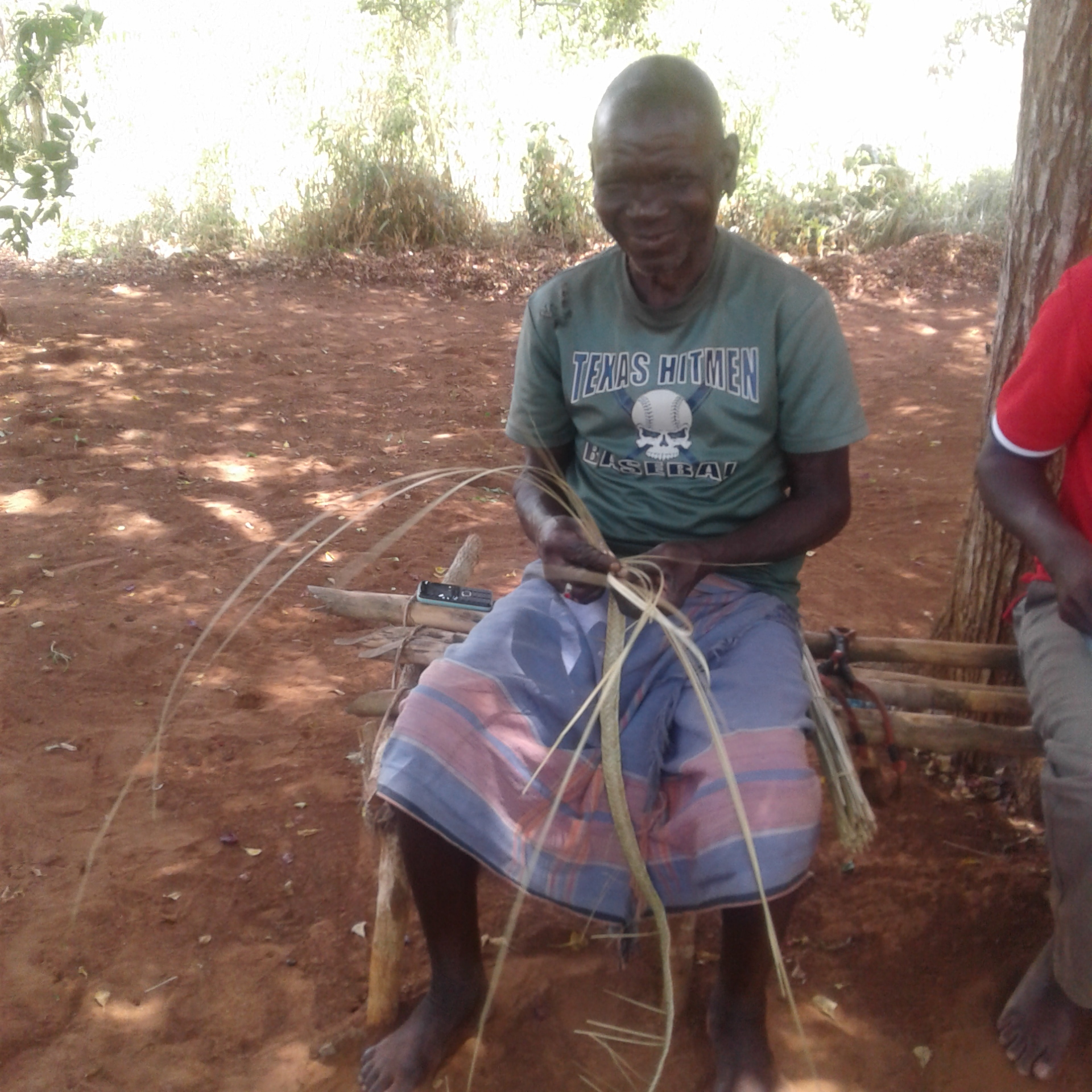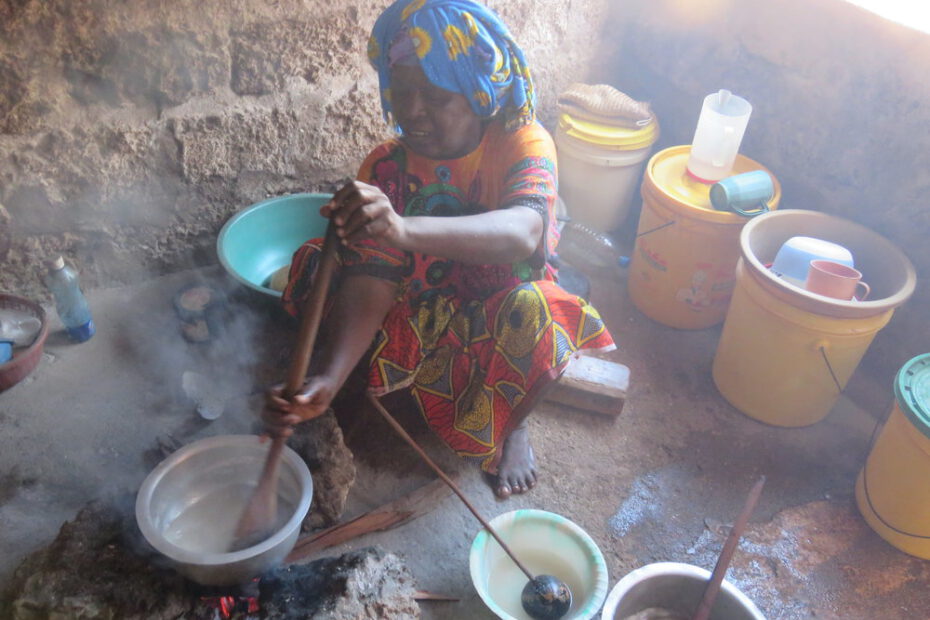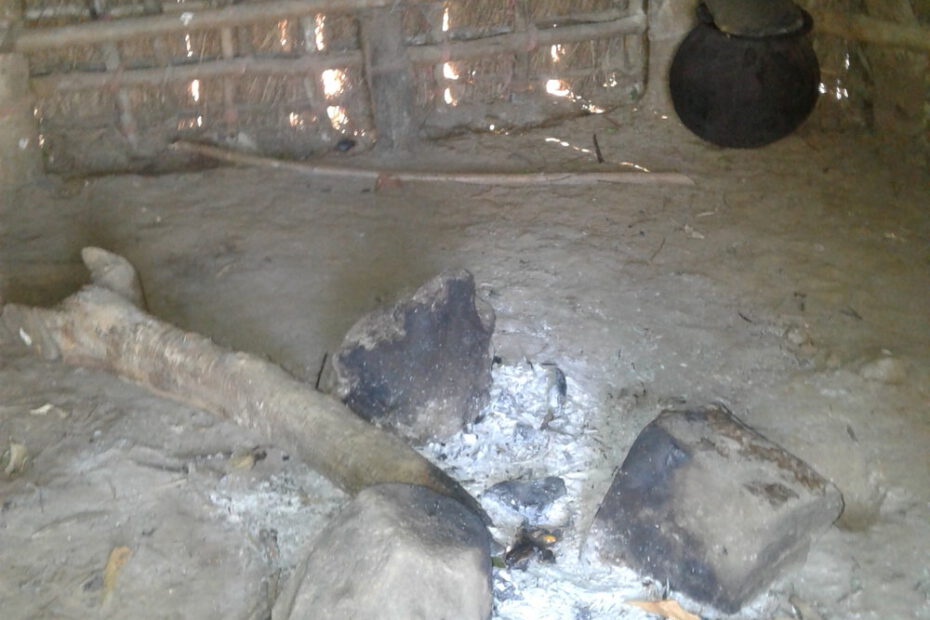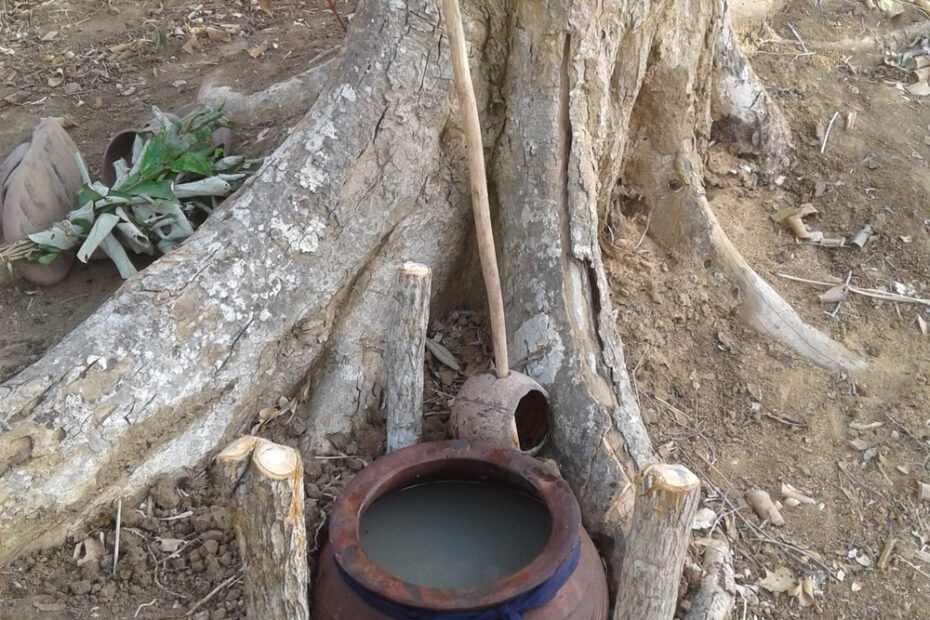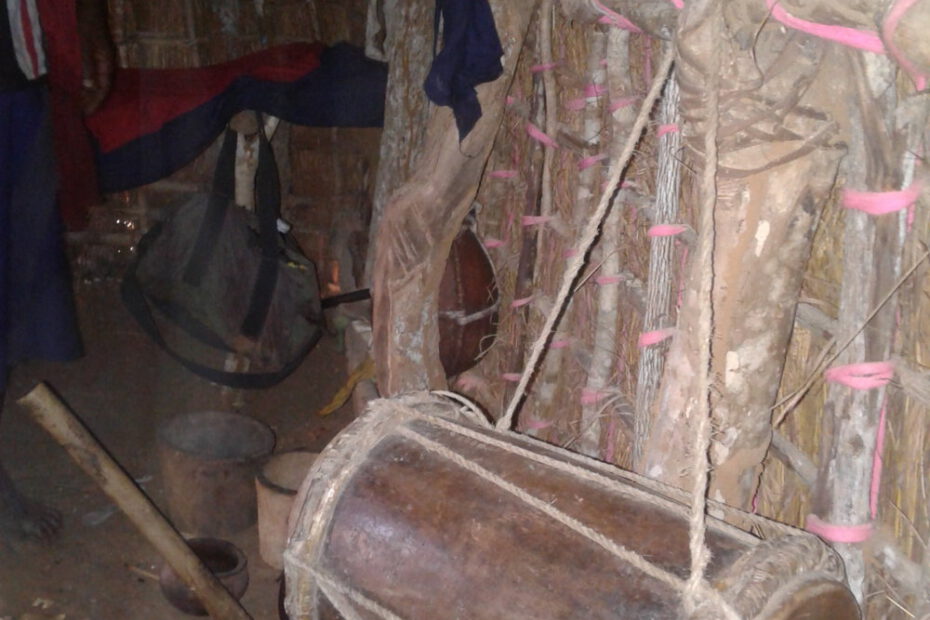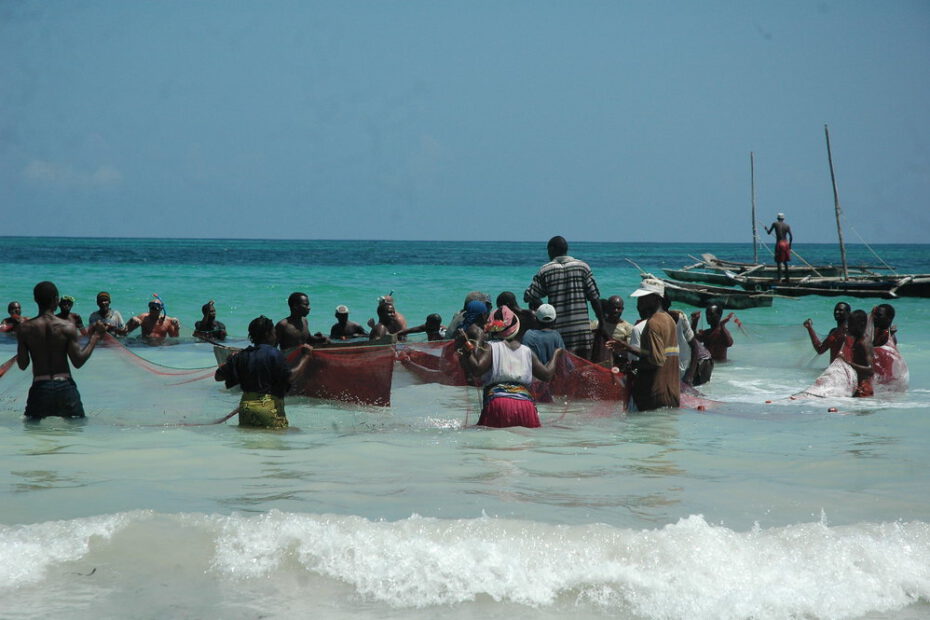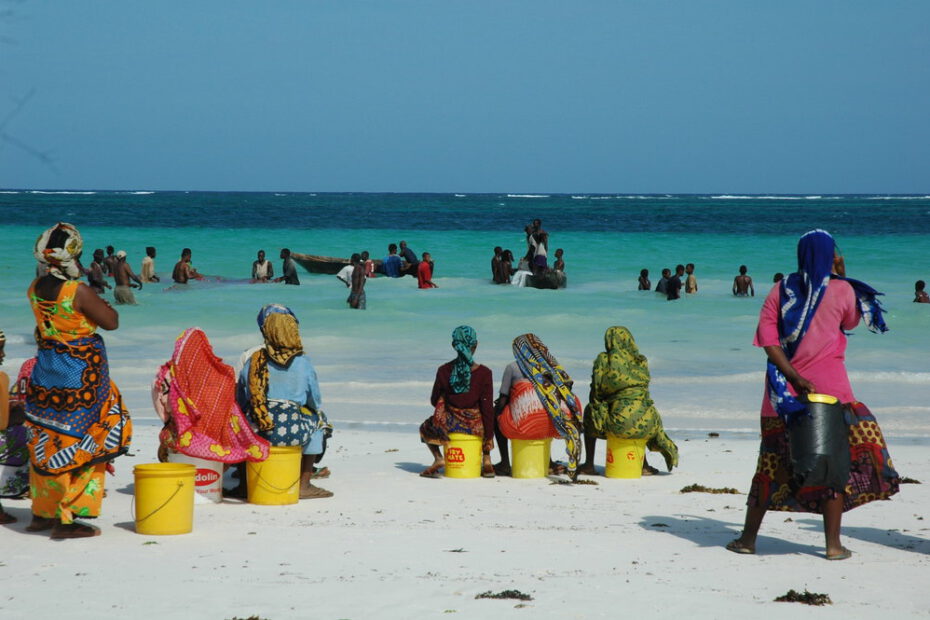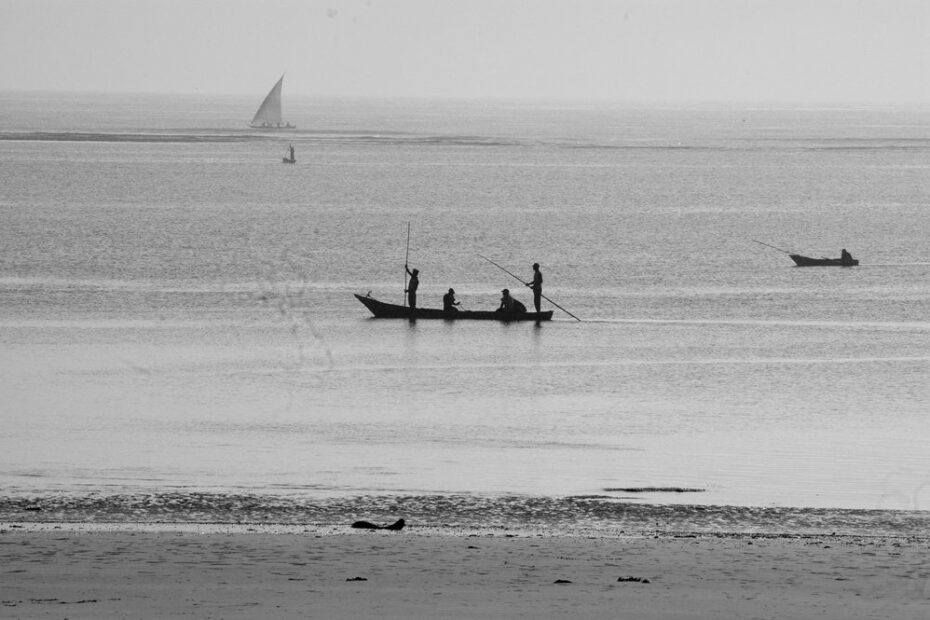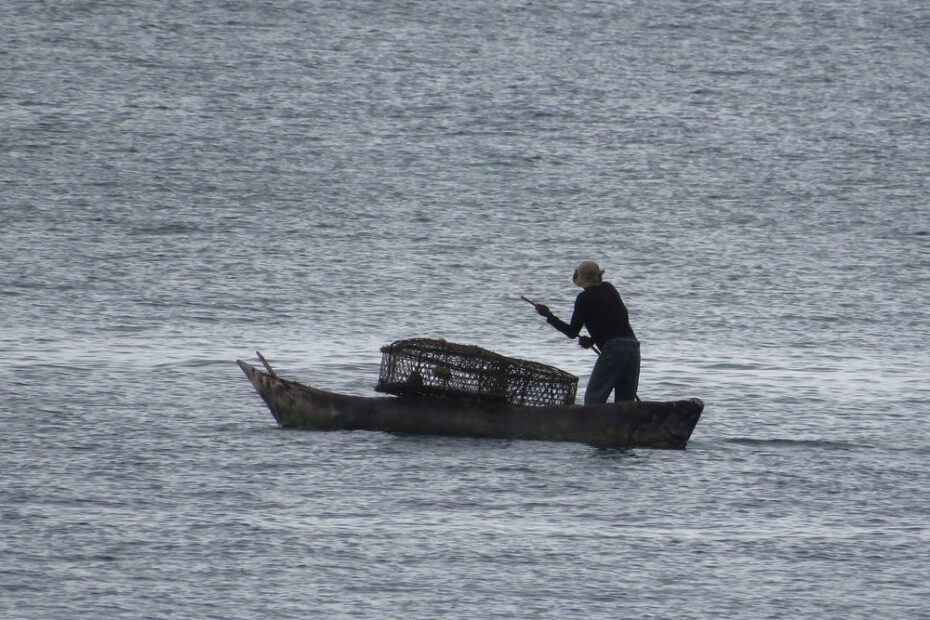Background
The Mijikenda oral history traces the origin of the tribe to Shungwaya, believed to have been a place in southern Somalia. It is thought that they fled to escape Oromo attacks and each sub-tribe broke off and settled in a different area on their journey south. The Digo settled on the south coast and in Tanzania.
Historically, the Mijikenda had close interactions with the Persian, Arab, Indian and Portuguese traders who came to the Kenyan coast on the monsoon winds. This interaction and intermarriages resulted in the Swahili culture and language. As a result, the Kiswahili language have close lexical similarities with all dialects of the Mijikenda people and the dishes of the coast are spiced, revealing their Middle Eastern and Indian influences.
“Mijikenda” literally means nine towns. Each sub-tribe speaks its own dialect of Kiswahili. The dominant tribe on the South Coast is the Digo, while north of Mombasa island is the Giriama and are the most populous. The other seven sub-tribes are the Chonyi, Duruma, Jibana, Kambe, Kauma, Rabai and Ribe.
The Mijikenda culture revolves around clans and age-sets. The clan consists of several family groups with a common patriarchal ancestor. A person’s age-set determines their role and social standing within the clan and elaborate rituals were often held for members graduating from one age-set to another.
Traditionally, each clan lived in a village called a kaya (homestead) which were believed to be protected by the spirits of the ancestors. These kayas were located deep in the forests and it was considered taboo to cut the trees and vegetation around them. The kaya elders, often members of the oldest age-set, were deemed to possess supernatural powers including the ability to make it rain.
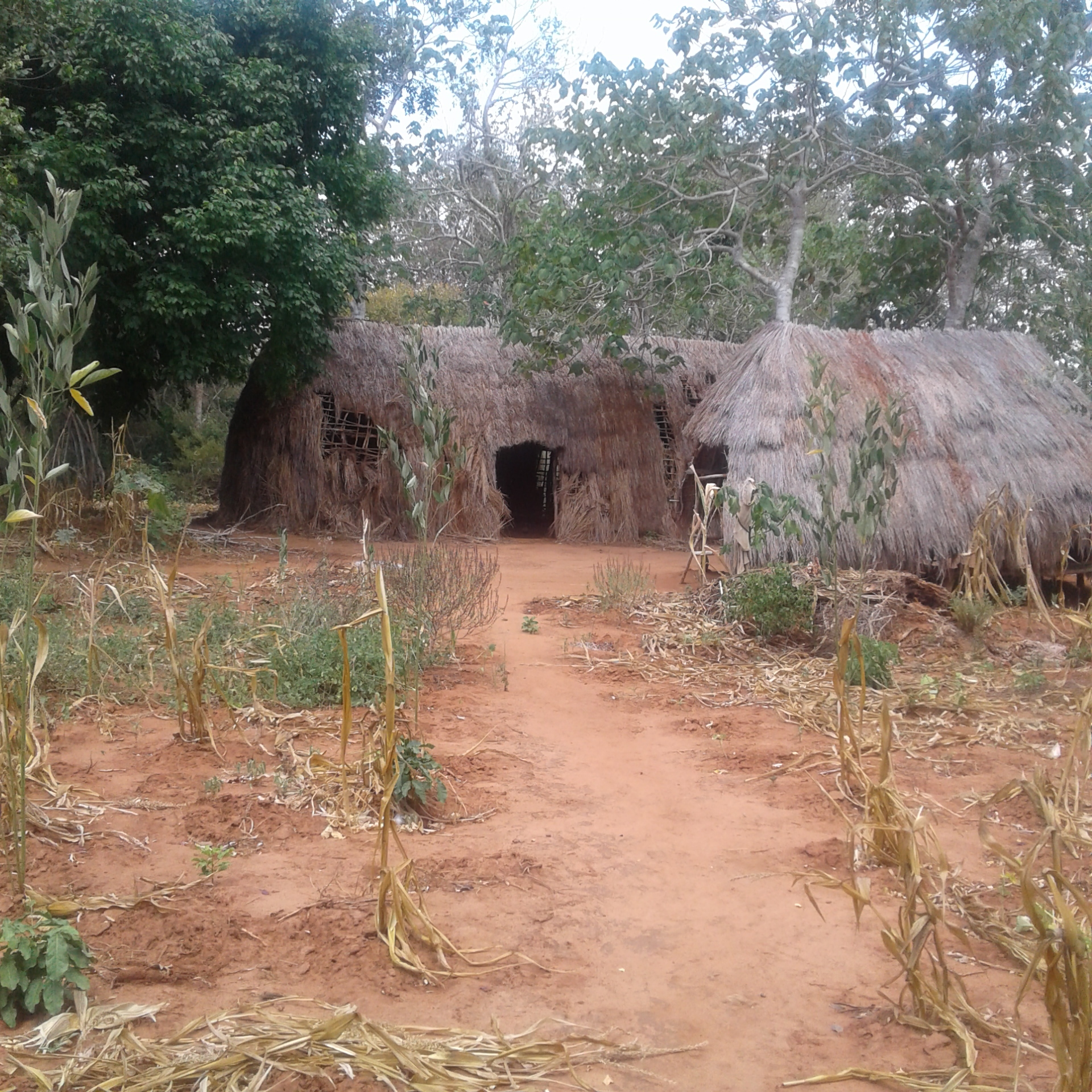
Mijikendas actively fish in the neighboring Indian Ocean, where their “daily catch” forms part of the seafood supplied to Kenya’s coastal hotels and residents. Fishing is an important economic activity for the Mijikenda people.
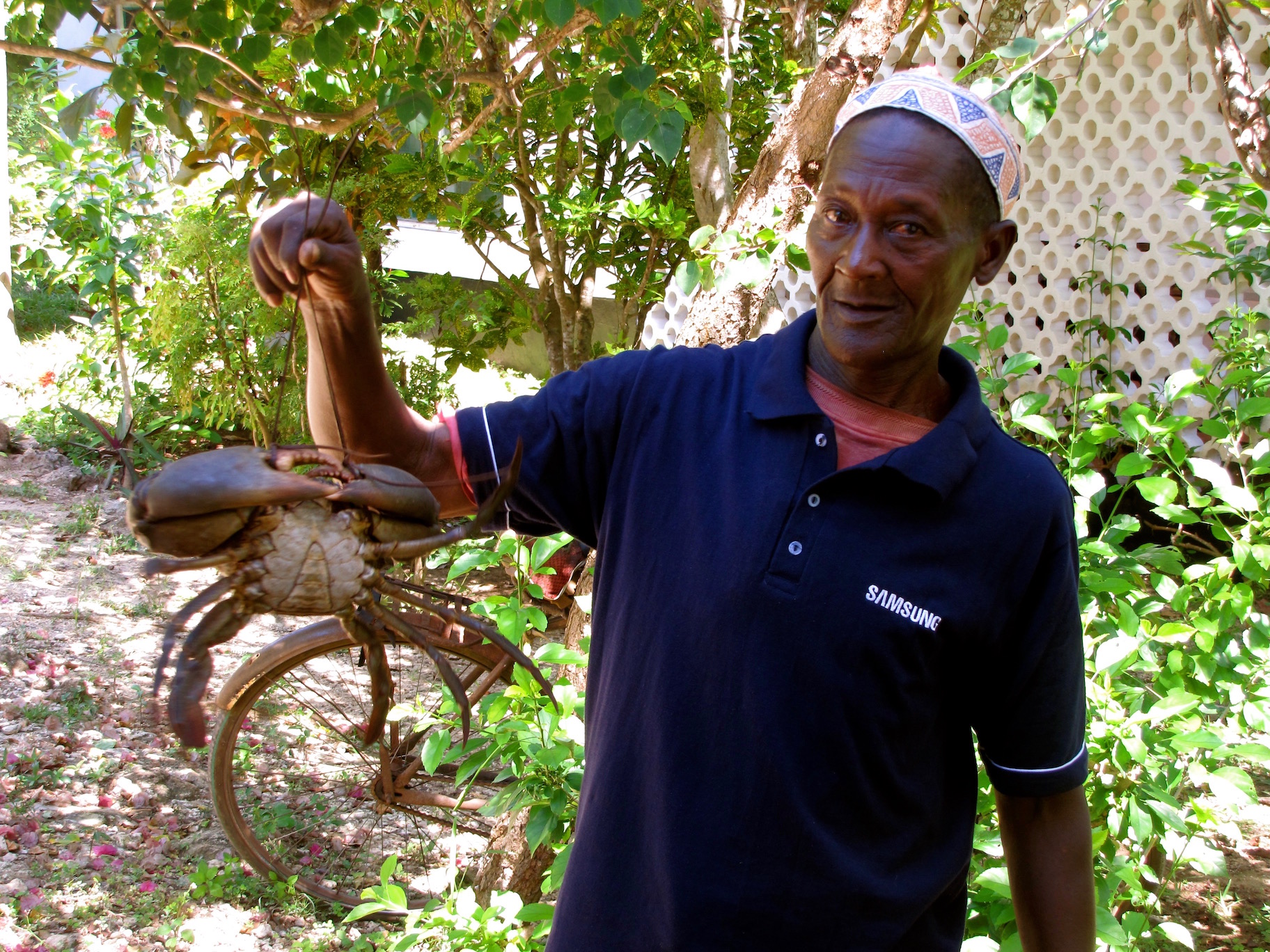
Agriculture is also an important part of the Mijikenda life. The coconut palm, which products include oil extracts and palm wine is important. Its fronds are also used for roofing and as material for making baskets, mats, brooms and other woven products. Vegetables such as Mchicha and fruit, particularly mangoes and pawpaws are also grown.
The Kayas have not been inhabited for some time but they retain their importance as sites of religious significance. These traditions and practices constitute the Digo codes of ethics and governance systems, and include prayers, oath-taking, burial rites and charms, naming of newborns, initiations, reconciliations, marriages and coronations.
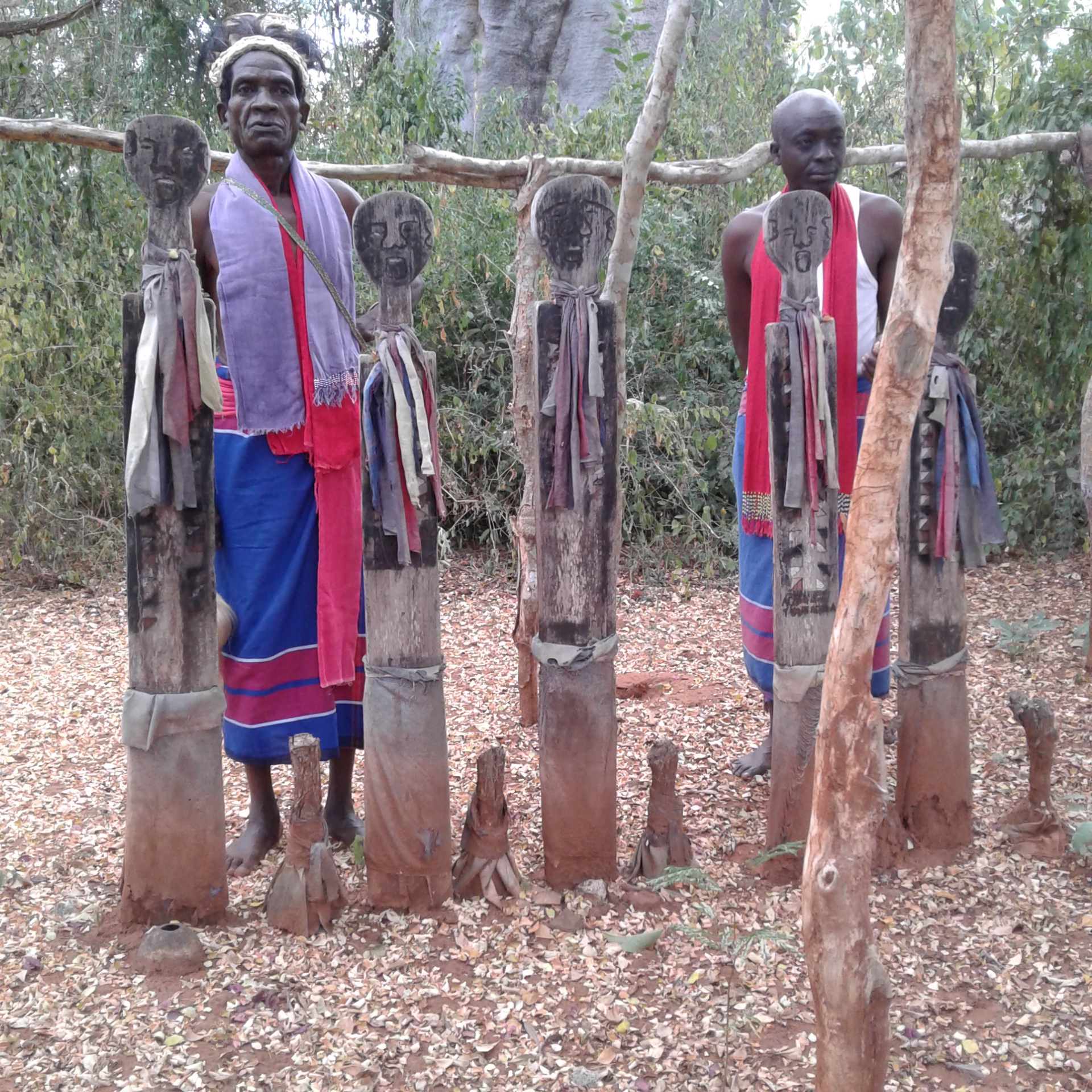
98% of the plants growing in the Kaya forests have a traditional use as medicine, clothing, fishing etc. Due to pressure on land resources, urbanization and social transformations, the traditions and cultural practices associated with the Kayas are fast diminishing, posing a threat both to the cohesiveness of the community and also to the valuable biodiversity which they contain. To learn more, go to The Tree Safari; Kaya Forests Edition by Harriet.
